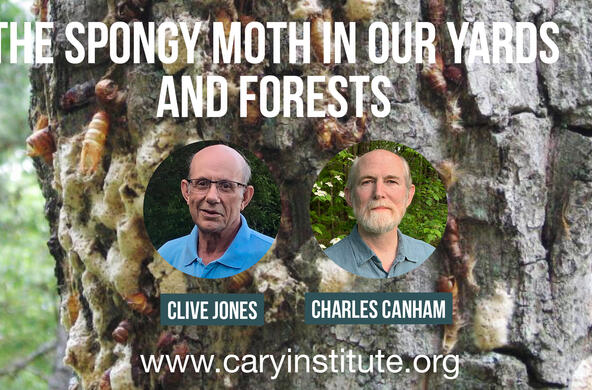Urban trees are vital to the health and welfare of city residents. They are also particularly vulnerable to invasive forest pests. An alarming new study estimates that through 2050, at least 1.4 million street trees in US cities will be killed by invasive forest pests.1 That’s just the street trees – the study did not try to estimate the loss of trees in parks and yards, because most cities do not have an inventory of those trees.
The ‘green infrastructure’ movement has shown us that urban trees play a key role in cooling streets and buildings, slowing stormwater runoff, absorbing air pollution, and beautifying neighborhoods. In the Midwest, loss of city trees to forest pests has been associated with increases in hospitalizations and deaths due to cardiac and respiratory ailments2 and an increase in crime3. Ask any real estate agent in an urban area, and they will tell you that the view of trees from a window increases the value of a property substantially.
For the simple reason that most international trade arrives at ports and airports in or near cities, urban trees are often the first places that invasive forest pests establish. While city residents may not relish their trees’ role as sentinels of forest pest invasions, that service is critical to forest health in cities and beyond. If we carefully monitor urban trees, we are more likely to detect invasions in their early stages, when eradication is still possible.

Careful and thorough monitoring of urban tree health, perhaps involving community science programs like The Nature Conservancy’s ‘Healthy Trees, Healthy Cities’ initiative, can safeguard ecosystem services that benefit urban residents, while protecting trees within cities and beyond. We know from past experience that when invasive forest pests are not eradicated from urban forests, they can spread to forests in suburban, rural, and wildland areas.
Emerald ash borer is tragic example. This tiny green beetle is responsible for most of the 1.4 million tree deaths predicted by the study mentioned earlier. By the time it was first recorded near Detroit, Michigan in 2002, emerald ash borers had already infested a large area. Researchers suspect they had been quietly spreading, undetected, for five to ten years. Due to the insect’s excellent dispersal abilities, control efforts have been unsuccessful. The beetles have spread to 35 states so far and threaten to nearly wipe out all of the ~8 billion ash trees in North America.
A more hopeful example is the Asian longhorned beetle, which, like the emerald ash borer, is a wood-boring insect that arrived from Asia burrowed in wooden shipping pallets and crates. Unlike the emerald ash borer, the Asian longhorned beetle is very large, making it easier to detect. It also has more limited dispersal ability. So, despite multiple introductions of this insect in cities across the US and Canada since 1996, outbreaks have been eradicated, or are in the process of being eradicated.

These eradications come at great expense in terms of dollars and of trees. This is because the best way to control an outbreak is to cut down any tree that could possibly serve as a host for the insect. The Asian longhorned beetle attacks many different tree species, but prefers maples – one of the most important trees in the eastern US. An outbreak in Worcester, Massachusetts has required the removal of over 35,000 trees so far, denuding formerly tree-lined streets and parks. An outbreak in the forests near Cincinnati, Ohio has required the removal of over 100,000 trees.
In most cases, outbreaks have been first detected by alert citizens, such as the grandmother in Worcester who contacted authorities when she spotted the large beetles and was concerned that they might harm her grandkids. (They won’t harm people, but they will kill trees.)
Even for those of us who live in rural areas, better monitoring of urban tree health provides important benefits and should be supported. Current efforts to monitor urban trees are fragmented and underfunded. This crucial function would benefit from a coordinated federal program that marshals the efforts of government and academic scientists, tree professionals such as arborists and utility crews, and city residents.
The best way to minimize damage from invasive forest pests is to catch the outbreaks early and eradicate them before they have a chance to spread.
1 Hudgins, E. J., F. H. Koch, M. J. Ambrose, and B. Leung. Hotspots of pest-induced US urban tree death, 2020–2050. Journal of Applied Ecology https://doi.org/10.1111/1365-2664.14141
2 Donovan, G. H., D. T. Butry, Y. L. Michael, J. P. Prestemon, A. M. Liebhold, D. Gatziolis, and M. Y. Mao. 2013. The relationship between trees and human health: Evidence from the spread of the Emerald Ash Borer. American Journal of Preventive Medicine 44:139-145.
3 Kondo, M. C., S. Han, G. H. Donovan, and J. M. MacDonald. 2017. The association between urban trees and crime: Evidence from the spread of the emerald ash borer in Cincinnati. Landscape and Urban Planning 157:193-199.









